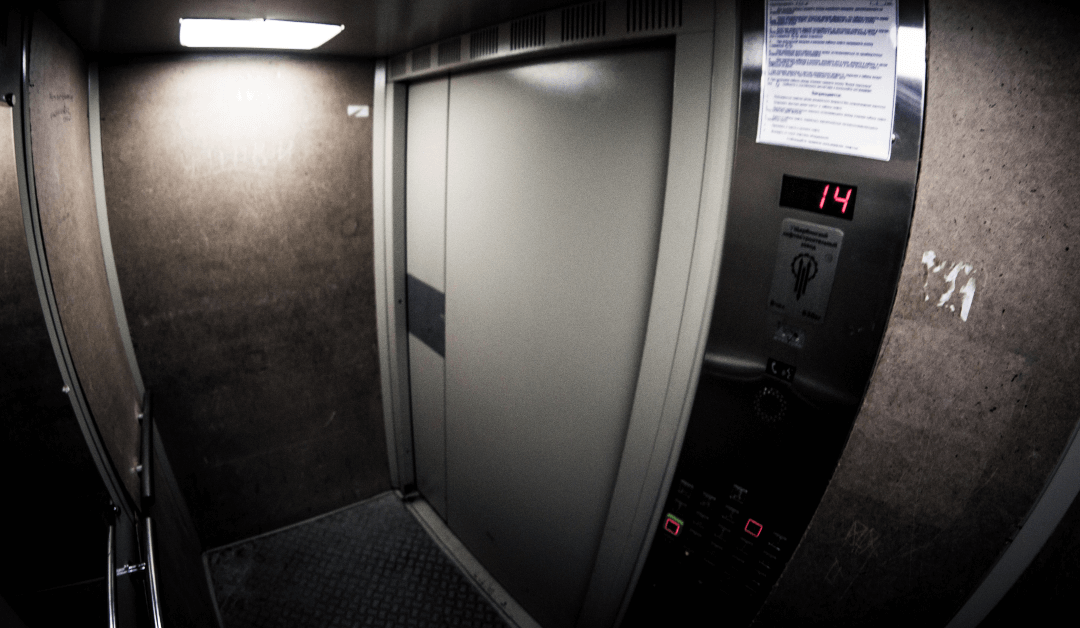Are there fire alarms in elevators? The short answer is no. But you might not be surprised to learn there are a number of other safety precautions for those who use elevators.
The Fire Alarm Code requires the activation of an alarm system in every elevator car. Smoke detectors inside an elevator are linked to the fire alarm system so that if smoke is detected, the alarm will sound. As you may know, elevators are very safe as they have a total failure rate of less than one per 100 million rides.
Nevertheless, there is sometimes confusion about fire alarms and elevators. If an elevator is involved in a fire, do the fire alarms sound? It depends on where the fire is and who operates that elevator.
Here is how it works:
If an elevator has a built-in fire alarm, it will sound as long as the fire is inside the elevator. The same holds true if the fire is outside the elevator but within the building.
But here is where it gets tricky. If the elevator alarm sounds inside an elevator, there is no requirement to stop the elevator car to allow passengers to evacuate. That means that if you are in an elevator when you hear a fire alarm, don’t automatically assume you are in danger.
Elevator fire alarm requirements are as follows:
Elevator fire alarm requirements are not the same all across the country. The National Fire Protection Association (NFPA) 101-72 code is the standard used in most states to determine how fire alarms systems should be implemented. This code requires the installation of smoke detectors, heat detectors, and emergency lighting in elevators.
Elevator fire alarm controls are designed to detect high temperatures caused by an electrical short or fire itself. If the temperature rises above 212 degrees Fahrenheit, the alarm will be triggered and must be heard throughout the building.
Automatic sprinkler systems are required in buildings over 420 feet tall. Sprinklers are also required where elevators are concerned because they can prevent fires from spreading within an elevator shaft. Automatic sprinkler systems use water pressure to douse fires more effectively than manual methods.
Fire-resistant doors are designed to shut automatically if there is a buildup of heat or smoke in an elevator shaft or if there is combustion inside an elevator car itself.
The NFPA 101-72 code also outlines specifications for minimum maintenance of these devices. The code states that maintenance checks should occur monthly for smoke detectors, quarterly for heat detectors, and yearly for all other devices inside elevators. Elevator owners should consider having their systems inspected annually by a licensed elevator mechanic.
Elevator fire service is a necessary precaution to prevent potentially devastating fires in high-rise buildings.
In addition to regular maintenance checks, elevator owners must follow a series of fire alarm requirements in case of an emergency. Suppose a fire is detected in an elevator. In that case, this code calls for a “supervisory” device to sound an alarm throughout the building in which the elevator is located.
If a “supervisory” device cannot be installed within a building, a fire alarm pull station in each elevator must be connected to a central alarm system outside the elevator bank. These cables must be clearly labeled with signs stating “FIRE ALARM PULL STATION.”


